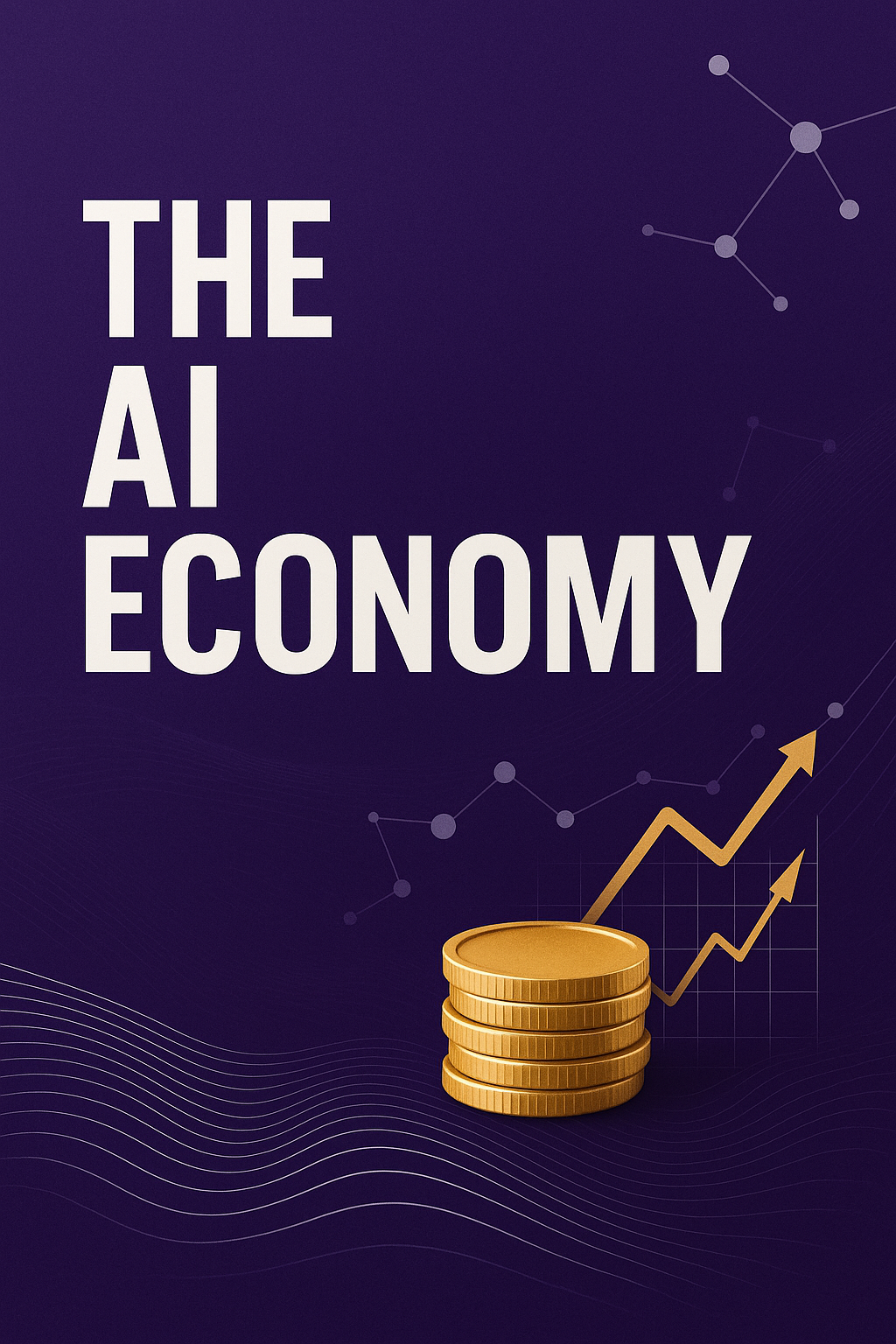We’ve reached a moment many futurists predicted: AI is moving from “tool” to the underlying layer that powers how businesses and markets operate. Research labs, startups and corporations are now explicitly exploring and building whole agent-driven economic systems where autonomous AIs transact, coordinate and create value with minimal human supervision. That’s a big shift, and it has concrete implications for leaders today.
What the evidence shows
-
DeepMind and other labs are formally modelling “virtual agent economies,” ecosystems in which AI agents interact with one another and with human systems to perform tasks end-to-end. The paper frames agent economies as both opportunity and risk: higher throughput and new value creation, but systemic risk and coordination/alignment challenges if left unmanaged.
-
Independent measurements (Anthropic’s Economic Index) highlight uneven adoption: richer regions and particular occupations show rapid AI use and directive automation, while large parts of the world lag behin; a pattern that risks widening inequality unless addressed.
-
Firms are reorganising now: corporate restructurings and “AI-first” moves are real. For example, Fiverr announced a major workforce reduction as it repositions around automation and AI capabilities. That’s a sign companies are actively prioritising tech-led productivity improvements.
Why this matters for business leaders
-
Productivity vs. people tension: AI can deliver dramatic output improvements, but organisations that push “tech over people” without a reskilling plan risk reputation and operational blind spots. The labour market signal is already noisy with central banks and governments watching macro indicators like employment closely as they weigh policy.
-
Window of opportunity for AI-literate talent: There will likely be a multi-year window where domain experts who can train and steer agents (the “trainers” and “reward designers” of today) will be in high demand and can command premium compensation. Expect this to be a transitional phase before broader automation reduces that dependence.
-
Strategic design becomes the premium skill: If agents can execute, the limiting factor becomes what to build. Senior leaders who can define high-leverage missions and translate them into agent workflows will extract outsized value.
Practical playbook for the next 6-18 months
-
Audit the jobs that can be automated vs augmented. Map processes into (a) full automation candidates, (b) augmentation candidates, (c) human-only work. Use that to prioritise upskilling.
-
Start small with “mission economies.” Build narrow agent pilots around clear business outcomes (lead qualification, routine finance reconciliations, simple legal triage) and measure both productivity and error modes. DeepMind’s research warns about scale effects — pilot first, then scale with guardrails.
-
Invest in reskilling and redeployment. Where possible, transition impacted roles into agent-training, oversight, or higher-value work. There’s money to be made in the short window of training/labeling demand — but it won’t last forever.
-
Treat AI safety and coordination as governance priorities. If agent markets are coming, companies that invest in monitoring, audit trails, and alignment controls will avoid costly downstream incidents.
Bottom line
We’re not on a faraway timeline – agentic AI, structural corporate shifts and uneven economic effects are already visible. Smart leaders will treat this as both a strategic risk and a generational opportunity: build pilots now, reskill people intentionally, and design organisational structures that harness agent capabilities without discarding the human judgment that still matters.
Sources & further reading: DeepMind’s Virtual Agent Economies; Anthropic’s Economic Index; Reuters coverage of Fiverr’s restructuring.

